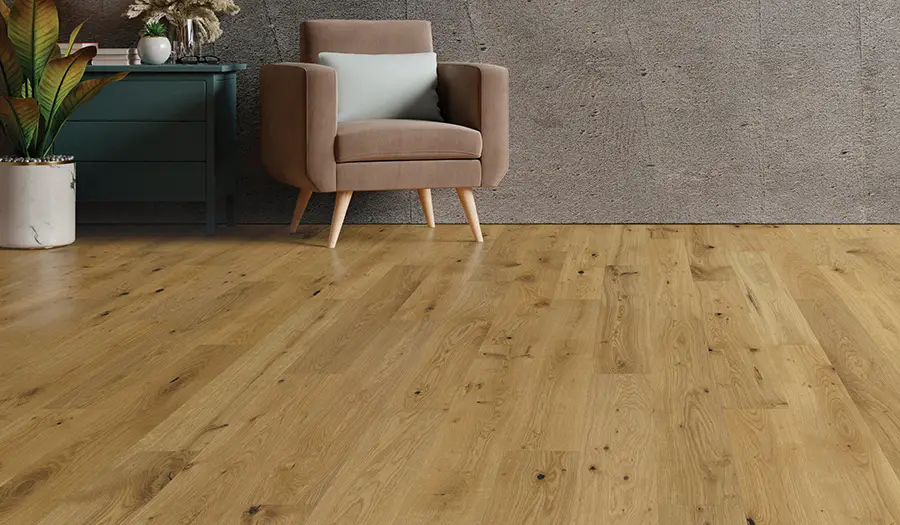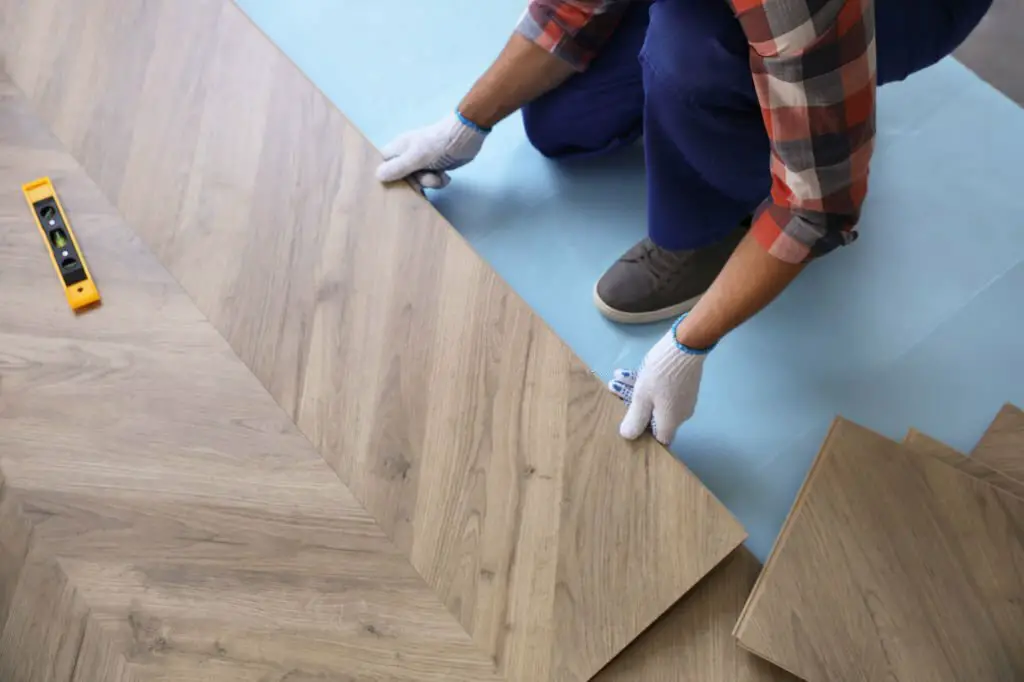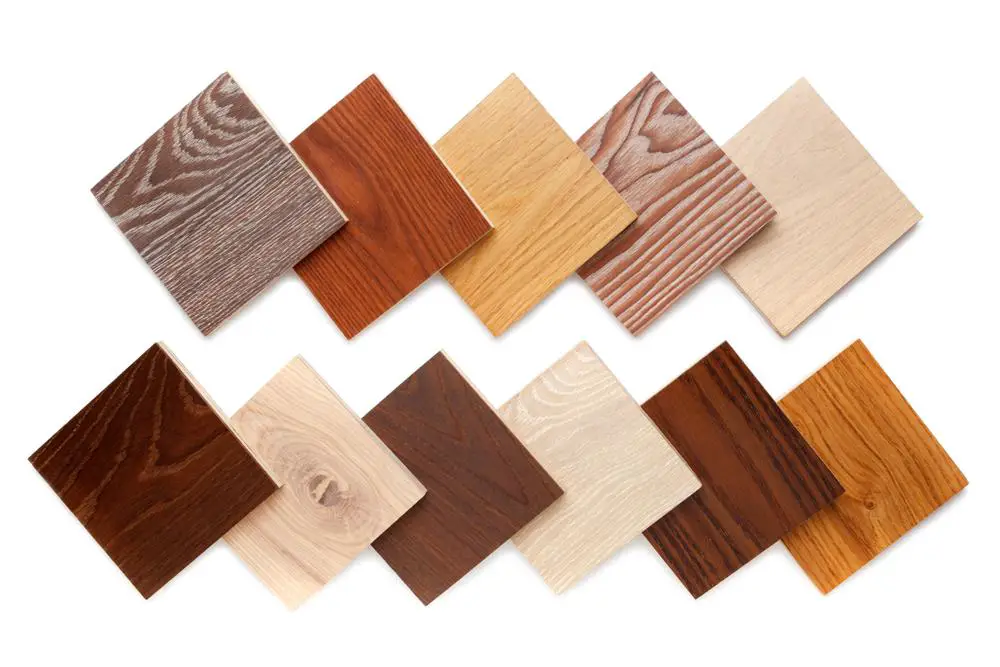When it comes to choosing the ideal hardwood flooring for your home, the decision often boils down to two popular options: hickory and oak. Both types of wood have their unique characteristics, aesthetics, and durability, making them top choices for homeowners.
In this comprehensive comparison of hickory flooring vs oak, we will explore the various aspects of each option, including hardness, grain patterns, color variations, and overall performance in residential settings.
Selecting the right hardwood for your flooring is crucial not only for the aesthetic appeal of your home but also for its long-term functionality and durability.
Hickory is renowned for its exceptional hardness and striking grain patterns, offering a robust option for high-traffic areas. It exhibits a rustic charm and is capable of withstanding the demands of active households.
On the other hand, oak stands out for its classic beauty, wide availability, and ability to complement a broad range of interior designs. Oak flooring is valued for its distinctive grain patterns and color variations, providing a sense of warmth and elegance.
This guide aims to provide you with all the necessary information to make an informed decision that best suits your home’s style and your personal preferences.
Aesthetic Differences
Color Variations

When evaluating the color variations between hickory and oak, it’s essential to note the distinct palette that each wood type brings to the table. Hickory flooring is renowned for its dramatic color contrasts, ranging from creamy whites to dark browns within the same plank.
This variety adds a unique depth and richness, making each floor installation a one-of-a-kind showcase.
The broader spectrum of color in hickory can complement both rustic and contemporary settings, depending on the finish and plank width chosen.
In contrast, oak offers a more uniform color range. With oak, homeowners can generally expect a warm spectrum of natural tones from light tans to medium browns.
The two primary types of oak used in flooring, red oak, and white oak, further diversify these options. Red oak has a warmer tone with a more pronounced grain, enhancing its natural texture, while white oak tends toward cooler, gray undertones, offering a slightly more modern appeal.
These subtler variances in oak make it a versatile choice, easily integrating into various decor styles without the dramatic contrasts found in hickory.
Grain Patterns and Natural Beauty
The grain patterns of wood flooring significantly influence its overall appearance and character. Hickory wood is admired for its bold, irregular grain patterns that imbue each plank with a lively, textured look.
This naturally striking grain structure ensures that hickory floors captivate attention, making a strong design statement in any room.
The pronounced variations in grain also mean that hickory can hide minor dents and scratches more effectively, making it a practical choice for high-traffic areas.
On the other hand, oak’s grain pattern is typically straighter and more uniform, though red oak exhibits a slightly wavier grain compared to white oak.
The distinctive growth rings and occasional swirls in oak planks add a touch of elegance and timeless beauty to the flooring.
This subtle yet sophisticated grain pattern lends oak floors a versatile aesthetic appeal, allowing them to gracefully age with the home and adapt to changing interior trends.
Durability and Hardness
Janka Hardness Scale Ratings

The Janka Hardness Scale serves as a crucial indicator of wood’s resistance to wear and denting, providing a clear comparison between hickory and oak. Hickory stands out with a Janka rating of around 1820, making it one of the hardest domestic woods available for flooring.
This high rating underscores Hickory’s exceptional durability and its ability to withstand the rigors of heavy foot traffic. In contrast, red oak has a Janka rating of 1290, while white oak is slightly harder at 1360.
Although oak is not as hard as hickory, it still offers sufficient durability for most residential applications, balancing resilience with aesthetic versatility.
Durability and Longevity Implications
The Janka Hardness ratings of hickory and oak directly translate into their durability and longevity as flooring materials. Hickory’s superior hardness makes it an ideal choice for areas subject to intense use, as it is less prone to scratches, dents, and wear over time.
This resilience ensures that hickory floors maintain their visual appeal and structural integrity for many years, potentially reducing the need for frequent replacements or repairs.
Oak, while not as hard as hickory, still offers a commendable level of durability, especially suitable for homes looking for a balance between strength and aesthetic flexibility.
Its inherent toughness, combined with proper maintenance, allows oak floors to age gracefully, contributing to the enduring character of a home.
Maintenance and Care
Cleaning Upkeep

Maintaining the pristine condition of hardwood floors, whether hickory or oak, demands regular cleaning practices. Weekly sweeping or vacuuming is essential to remove dirt and grit that can scratch the floor’s surface.
For deeper cleaning, a damp mop with a mild wood floor cleaner can be used, but excess water should be avoided to prevent damage. Immediate clean-up of spills is critical to prevent watermarks or staining.
While hickory may show less immediate wear due to its hardness, both types of wood benefit from routine care to preserve their finish and appearance.
Scratch and Dent Resistance
Hickory, with its higher Janka hardness rating, inherently displays superior resistance to scratches and dents compared to oak. This characteristic makes it particularly suitable for households with pets or heavy foot traffic.
Oak, though softer, can still maintain its integrity with the aid of area rugs in high-traffic zones and felt pads under furniture legs.
Both wood types can be refinished, but Hickory’s durability may reduce the frequency of this necessity, further underlining its long-term resilience and value.
Installation and Cost

Installation Variances
The installation of hickory and oak hardwood flooring can differ primarily due to hickory’s density. Hickory’s hardness may require more advanced tools for cutting and installation, potentially increasing labor costs and time.
Oak, being relatively softer, is easier to work with, which might make the installation process swifter and slightly less expensive in terms of labor.
Both types can be installed using similar methods, including glue-down, nail-down, and floating installations, but the choice of installation method can also affect the overall costs and time involved.
Cost Analysis
In terms of cost, hickory typically commands a higher price per square foot compared to oak. The average cost for hickory ranges from $4 to $8 per square foot, while oak is generally priced between $3 and $6 per square foot.
The variance in cost can be attributed to hickory’s rarity and harder nature, making it a premium option.
However, oak offers a better cost-benefit for homeowners seeking durability and aesthetic value without the higher price tag of hickory.
Consumers need to consider both the initial installation cost and long-term value when choosing between these hardwood options.
Environmental Impact
Sourcing Sustainability
Hickory and oak have distinct sourcing characteristics that influence their sustainability. Hickory, known for its tough and hearty nature, is predominantly found in the eastern United States.
Its sourcing is generally considered sustainable due to the robust management and conservation practices in place, ensuring that hickory forests can regenerate and maintain their biodiversity.
On the other hand, oak is also widely available and has a long history of use, leading to well-established sustainable forestry practices.
Both wood types benefit from regulations and certifications that promote responsible harvesting, aiming to minimize environmental impact and support long-term ecological balance.
Environmental Impact
The environmental impact of hickory and oak extends beyond just sourcing. The durability and longevity of hickory flooring mean it has a lower turnover rate, potentially reducing the demand for frequent replacements and, consequently, its overall environmental footprint.
Oak, while slightly less durable than hickory, still offers significant longevity and can contribute to reducing waste in the long term.
However, the processing of both planks of wood into flooring materials requires energy and can contribute to carbon emissions, although this impact can be mitigated by responsible manufacturing practices and efforts to use renewable energy sources.
Related Topics:
Conclusion
In the final analysis between hickory and oak hardwood flooring, both materials offer compelling attributes that cater to different needs and preferences. Hickory stands out for its exceptional hardness and distinctive, vibrant grain patterns, making it an ideal choice for households seeking durability and a robust aesthetic.
Its ability to withstand the rigors of heavy traffic and its unique color variations can transform any space with a striking visual appeal.
Conversely, oak provides timeless elegance with its more subtle grain patterns and color variations, offering a classic look that complements a wide range of interior designs. While it may not match hickory’s hardness, oak still promises significant durability and longevity, suitable for most residential applications.
Considering sustainability, both options are viable, thanks to regulated forestry practices ensuring minimal environmental impact. Ultimately, if you prioritize supreme durability and a dramatic aesthetic, hickory flooring emerges as the superior choice.
Its resilience and unique beauty make it stand out, ensuring that your flooring is not only a functional element but also a central feature of your home’s design.
FAQs
Can hickory and oak hardwood flooring be installed in areas with high moisture?
Both hickory and oak can be susceptible to moisture damage. While they can be used in areas with some moisture, it is crucial to take preventative measures such as applying a suitable finish and ensuring proper room ventilation to minimize the risk.
How does the cost of hickory compare to oak hardwood flooring?
Typically, hickory is slightly more expensive than oak due to its superior hardness and the complexity of its grain patterns. However, prices can vary based on the quality and specific type of wood selected.
Is it necessary to hire professionals for the installation of hickory or oak flooring, or can it be a DIY project?
While DIY installation is possible with the appropriate tools and knowledge, hiring professionals is recommended. Professional installation ensures the flooring is correctly fitted, avoiding potential issues and enhancing longevity.

1 thought on “Hickory Flooring VS Oak: Which Is Better?”